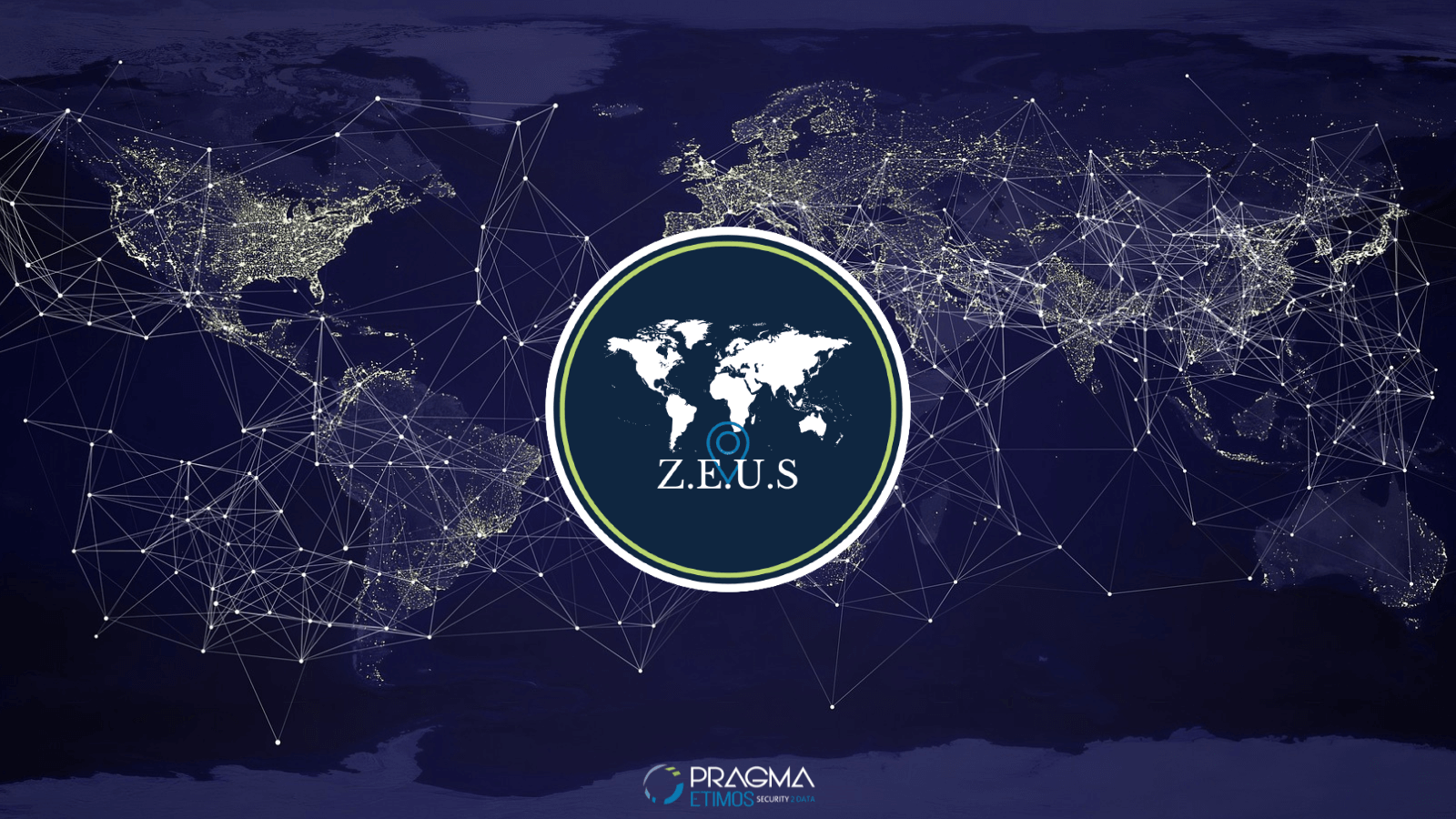In today’s world, companies compete in an extremely complex market. Risk management has become an essential part of any successful business strategy.
Its fundamental function is therefore to highlight the risk factors to which companies are subjected. The objective is to protect and guarantee the success of the managerial strategy and limit any negative effects through identification, evaluation, treatment and control activities.
Another fundamental task of Risk Management is forecasting, in fact managing risk means trying to control, as much as possible, future results by acting proactively rather than reactively.
Organizations are constantly facing new challenges and issues that can have a significant impact on their business, financial management, reputation, and even survival. To mitigate these critical issues, Artificial Intelligence and Machine Learning play a fundamental role, identifying, analysing and mitigating risks.
Risk categories
The concept of risk is not only negative. In fact, innovation and the capacity for change are by definition bearers of risk but also, at the same time, generators of opportunities capable of creating value for the company. Knowing and distinguishing risks is also important to avoid confusion and decision-making processes.
An effective risk management strategy allows the company to protect revenue, consolidate the relationship of trust with customers and stakeholders and create a competitive strategy in the market.
There are different categories of risk to which an organization is exposed:
- Strategic risks: this category refers to the types of risk relating to the value and competitive market position of a company with reference to the medium/long-term objectives set. Examples of strategic risk factors are those relating to the positioning of the company, the evolutionary context of the sector to which it belongs, the evolution of the customer and supplier portfolio;
- financial risks: represents the type of risk that derives from the change in the finances available to companies. For example liquidity risk, credit risk (risk of loss due to default by a third party) and market risk;
- operational risks: these are all those risks linked to internal operational processes, with particular attention to malfunctions of management systems and processes. These can lead not only to damage to company assets, but also to operational capacity and in some cases external damage;
- Legal & Compliance risks: also defined as “risks of non-compliance with regulations” and include the risks of incurring criminal sanctions, fines, economic losses or damage to reputation and image. These critical issues arise from failure to comply with current laws, regulations or codes of conduct.
What are the new trends for Risk Management?
Effective risk management is critical for organizations to overcome uncertainty and maintain resilience.
As the economic environment evolves, so do the challenges and risks we face. New technologies are playing a significant role in revolutionizing risk management practices.
It is interesting to delve into emerging trends:
- AI & ML: Artificial Intelligence and Machine Learning algorithms can evaluate risks in real time, detect anomalies and automate risk assessment processes. Anticipating this improves efficiency and precision in various operations.
- Cyber Protection: implementing robust safeguards is critical to protecting sensitive data, intellectual property, and customer information. Technologies, such as threat intelligence, cryptography, and behavioral analytics, are critical to identifying and mitigating cyber risks.
- Big Data Analytics: Big Data analytics also improves predictive analytics capabilities. This enables organizations to make informed decisions and optimize their risk management practices
- Risk Governance: as the risk landscape evolves, organizations must take a proactive approach to risk governance. This includes developing risk management strategies aligned with business objectives and promoting an innovative culture of risk awareness.
- Continuous Monitoring & Adaptive Risk Management: By leveraging real-time data, companies can detect emerging risks early and respond proactively. Adaptive risk management involves agile decision-making and the adoption of a much more flexible and dynamic framework.
The world of Risk Management is becoming increasingly important in the global economic landscape.
Recently, the sector has evolved exponentially and today there are elaborate and efficient strategies that allow companies to identify, prevent and mitigate the effects of elements that could compromise their business.
You may also like

APOLLO: everything you need to know about KYC
The acronym KYC, which stands for “Know Your Customer”, is a fundamental concept in the field of finance, anti-money laundering and transaction security. Crime has always found a way to illegally exploit the identity of individuals for certain practices, a phenomenon…

Wrong addresses: how to remedy mistakes?
In the complex web of everyday interactions, addresses play a key role. Whether physical or digital addresses, they act as reliable guides that take us from one point to another, allowing us to reach the desired destinations, to receive the goods we buy online and to…

